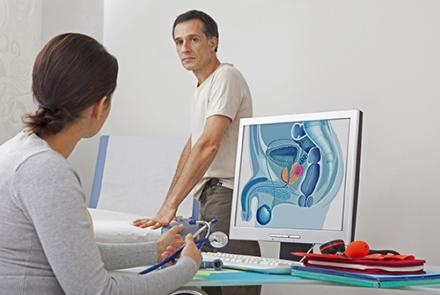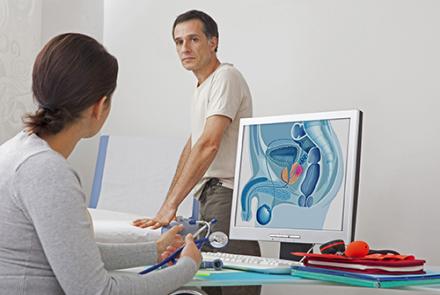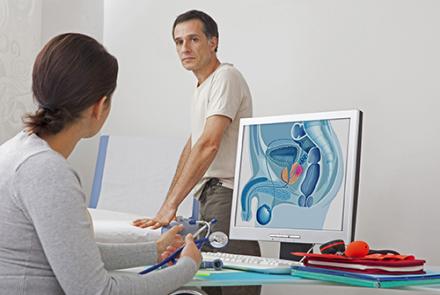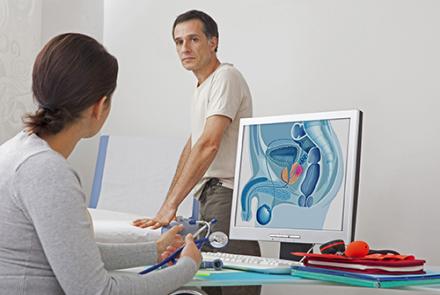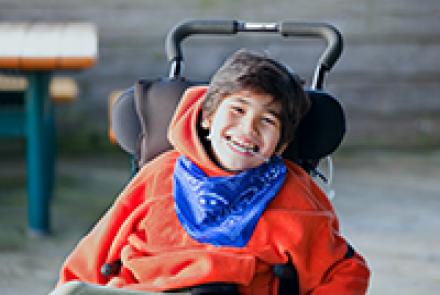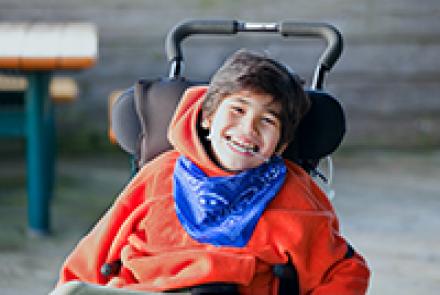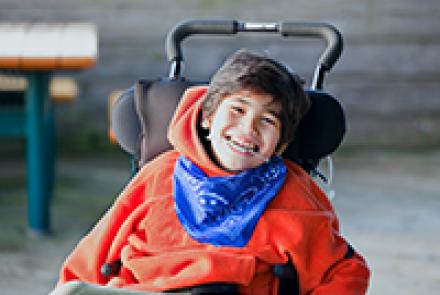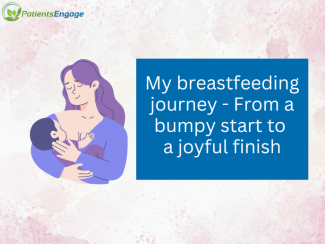What tests do you need to have done
1. Personal and family history
The doctor will ask about your medical history and whether or not any close relatives were diagnosed with prostate cancer. He or she may also ask about certain symptoms that might indicate prostate disease (including cancer). Waking during the night to urinate, frequent need to urinate, or difficulty starting or stopping while urinating may indicate that your prostate is enlarged. These symptoms suspect but do not raise…
Latest Stories
- Symptoms Early prostate cancer often does not cause signs or symptoms. When signs of prostate cancer do occur, they may include: Urinating more often, especially at night Difficulty starting urinating or holding back urine Not being able to urinate Weak or interrupted flow of urine Painful or burning urination Painful ejaculation (release of semen through the penis during orgasm) Blood in the urine or semen Frequent pain or stiffness in the lower back, hips or upper thighs Other late symptoms…
- Can prostate cancer be prevented: Proactive Screening Prostate screening can help identify several non-cancerous conditions that can become uncomfortable if left untreated. It is also currently the only known method of detecting prostate cancer during its early silent stages, when more treatment options are available. Speak to your doctor about this. Current recommendations from respected authorities are: …
- Are you at risk of developing prostrate cancer Prostate cancer is unusual because it does not behave the same way in all men. Sometimes the cancer will spread rapidly throughout the body and cause death. More often it causes few, if any, symptoms for many years, and the man is more likely to die from other health issues than prostate cancer. Because of this, the lifetime risk of a man being diagnosed with prostate cancer is 16% (1 in 6) while the lifetime risk of dying from prostate…
- What is Prostate Cancer Prostate cancer,also known as carcinoma of the prostate,is a malignant tumour in the prostate, a gland in the male reproductive system. The prostate is a walnut-sized gland located between the bladder and pelvic floor in men. The urethra (tube that carries urine from the bladder to exit the body) passes through the middle. The prostate is also the sex gland that produces the milky white fluid that helps carry and nourish sperm. Most prostate cancers are slow-growing…
- 1. Myth: Parkinson’s is contagious. Reality: Parkinson’s is a neurological (occurring in the brain) condition which is not contagious and cannot be passed on from one person to the other. 2. Myth: All people with Parkinson’s have tremors. Reality: Although tremor is the most widely recognized symptom of Parkinson’s, not all people who have Parkinson’s have tremors. Parkinson’s may manifest with a variety of other symptoms too. http://www.patientsengage.com/conditions/parkinson-…
- In cases where the cause of cerebral palsy is unknown, nothing can be done to prevent it. However some cases relate to pregnancy complications and brain injuries. Pregnancy Complications Try and minimise these by ensuring appropriate prenatal care, trying to stay healthy during a pregnancy, avoid low birth weight, premature birth, Brain Injury Try and ensure that the baby does not have head injuries at very early stages. Make sure you take the baby to a doctor after a fall …
- Cerebral palsy affects each person differently. The person may lead a fairly normal life with little assistance or need help with everyday activities. For instance, they may suffer from an inability to control body movements, have problems with balance and seizures, may have trouble swallowing or speaking, or may be intellectually impaired. You will need to tailor the care to the needs of the person. You may need to consider some of the following: Understand the patient's communication style.…
- Treatment includes: Treatment to improve movements Drugs for medical problems Surgical approach Treatment to improve movements: Physiotherapy The child may need physiotherapy, sometimes throughout his life. The aim of physical therapy is to: Encourage motor development Improve the ability to move all parts of the body Promote, maintain and restore physical, psychological and social wellbeing. Equipment used to improve movements include: Devices to maintain normal posture of the child…

